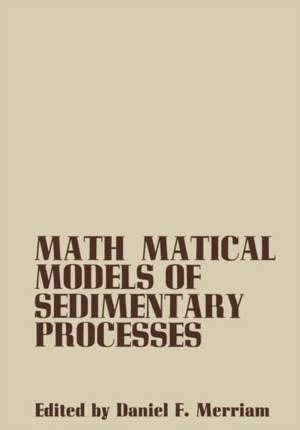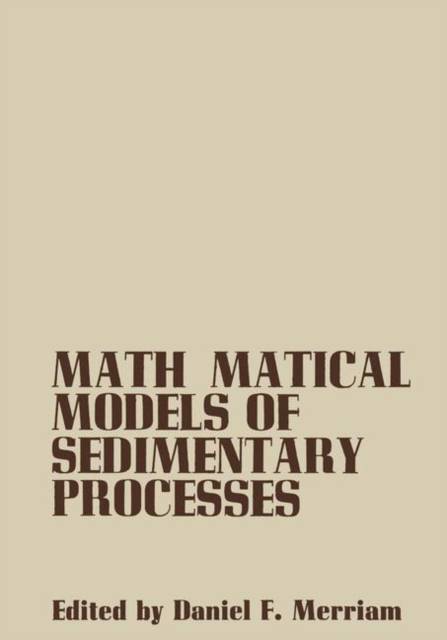
- Afhalen na 1 uur in een winkel met voorraad
- Gratis thuislevering in België vanaf € 30
- Ruim aanbod met 7 miljoen producten
- Afhalen na 1 uur in een winkel met voorraad
- Gratis thuislevering in België vanaf € 30
- Ruim aanbod met 7 miljoen producten
Zoeken
Mathematical Models of Sedimentary Processes
An International Symposium
€ 139,95
+ 279 punten
Omschrijving
This volume reports the results of a symposium held in Heidelberg during the International Sedimentological Congress in late August and early September, 1971. The symposium, co- sponsored by the International Association for Mathematical Geology, entertained the subject, "Mathematical Models of Sedimentary Processes. " The subject is most appropriate because sedimentologists have long been concerned with processes and mechanisms of sedi- ment dispersal. Much effort has gone into building physical models such as flumes, stream tables, wave tanks, wind tunnels, etc., to help understand sedimentological processes. Quantita- tive methods (especially statistics) have been utilized in summarizing these data. It is timely then with the recent developments of simulation and application of computer tech- niques that a symposium be addressed to the use of "Mathematical Models of Sedimentary Processes" involving some of these new statistically oriented methods and available data bases. Experimentation in geology has been hampered by a scale factor. That is, it is difficult to find suitab. 1e materials for physical models; it is difficult to find a mechanical de- vice which properly represents the forces involved; it is almost impossible to allow adequately for geologic time. Sta- tistically valid models are difficult to obtain with physical models because of material replicate problems. Most problems including the time factor, however, can be eliminated with mathematical models. Mathematical models can be infinitely varied in any number of combinations easily and quickly with the computer.
Specificaties
Betrokkenen
- Uitgeverij:
Inhoud
- Aantal bladzijden:
- 271
- Taal:
- Engels
- Reeks:
Eigenschappen
- Productcode (EAN):
- 9781468419979
- Verschijningsdatum:
- 2/08/2013
- Uitvoering:
- Paperback
- Formaat:
- Trade paperback (VS)
- Afmetingen:
- 178 mm x 254 mm
- Gewicht:
- 494 g

Alleen bij Standaard Boekhandel
+ 279 punten op je klantenkaart van Standaard Boekhandel
Beoordelingen
We publiceren alleen reviews die voldoen aan de voorwaarden voor reviews. Bekijk onze voorwaarden voor reviews.







